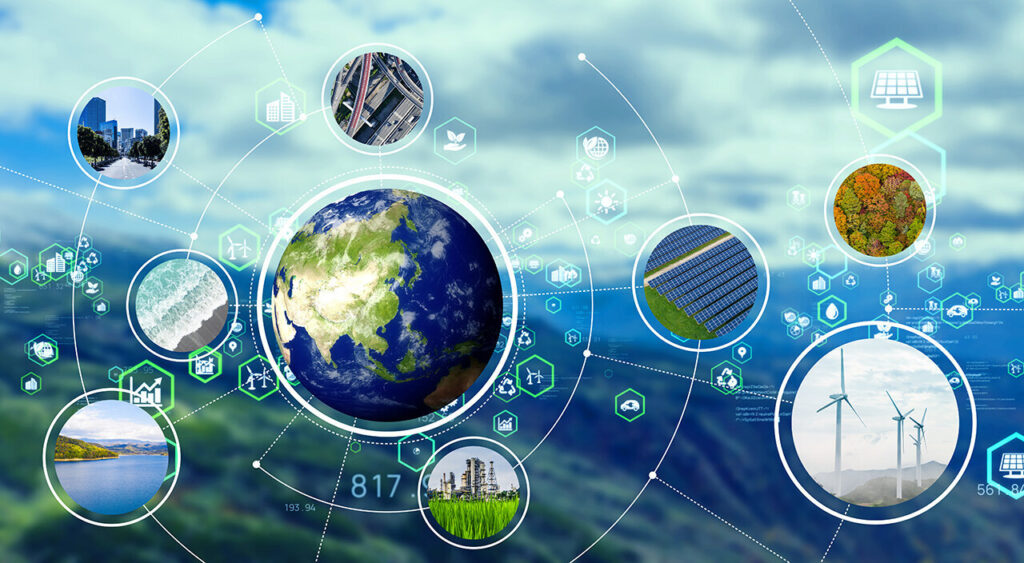Artificial Intelligence (AI) has revolutionized environmental monitoring, offering powerful tools to detect, analyze, and predict environmental changes with unprecedented accuracy and efficiency. By leveraging advanced AI models and frameworks, scientists and environmental agencies can now gain deeper insights into complex ecological systems and respond more effectively to environmental challenges[1][3].
Anomaly Detection
One of the key applications of AI in environmental monitoring is anomaly detection. Machine learning algorithms can analyze vast amounts of sensor data to identify unusual patterns or deviations that may indicate environmental issues. For example, AI can detect sudden changes in water quality that might signal pollution events or unusual wildlife behavior that could be linked to habitat disturbances[1][4]. This capability allows for rapid response to potential environmental threats, minimizing their impact.
Predictive Analytics
AI-driven predictive analytics is transforming how we forecast and prepare for environmental changes. By analyzing historical data and current conditions, machine learning models can predict future environmental trends with remarkable accuracy. This includes forecasting weather patterns, predicting the spread of invasive species, or anticipating changes in biodiversity[1][3]. For instance, researchers have developed AI algorithms that can predict harmful algal blooms in water bodies, enabling proactive measures to protect aquatic ecosystems and public health[4].
Sensor Fusion
The integration of data from multiple sensors, known as sensor fusion, is another area where AI excels in environmental monitoring. By combining inputs from various sources such as satellite imagery, ground-based sensors, and drone footage, AI algorithms can create a more comprehensive and accurate picture of environmental conditions[2][4]. This holistic approach enhances our ability to monitor large-scale phenomena like deforestation, urban development, and climate change impacts.
Benefits and Future Prospects
The application of AI in environmental monitoring offers numerous benefits:
- Improved accuracy: AI algorithms can process and analyze data with greater precision than traditional methods, reducing human error[4].
- Real-time monitoring: AI enables continuous, real-time monitoring of environmental parameters, allowing for immediate detection of issues[4].
- Cost-effectiveness: While initial investment may be high, AI-powered systems can lead to long-term cost savings through improved efficiency and prevention of environmental damage[4].
- Enhanced decision-making: By providing accurate and timely information, AI supports better-informed environmental management decisions[1][3].
As AI technology continues to advance, we can expect even more sophisticated applications in environmental monitoring. Future developments may include autonomous environmental robots capable of navigating challenging terrains, deeper integration with the Internet of Things (IoT) for more comprehensive monitoring networks, and advanced AI models for climate change mitigation strategies[4].
In conclusion, AI is proving to be an invaluable tool in our efforts to understand, protect, and sustainably manage our environment. By harnessing the power of anomaly detection, predictive analytics, and sensor fusion, we are better equipped to address the complex environmental challenges of our time and work towards a more sustainable future[1][3][4].
Further Reading
1. Machine Learning in Environmental Monitoring – Gemmo.AI
2. Frontiers | Artificial intelligence and IoT driven technologies for environmental pollution monitoring and management
3. AI and environmental challenges | UPenn EII
4. What is AI in Environmental Monitoring?
5. How Artificial Intelligence Helps the Environment & Sustainability | Perch Energy


